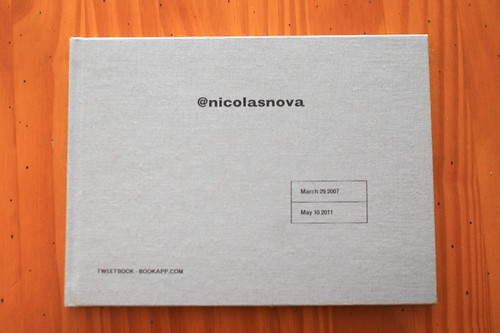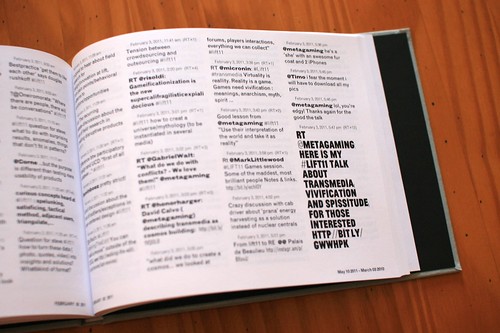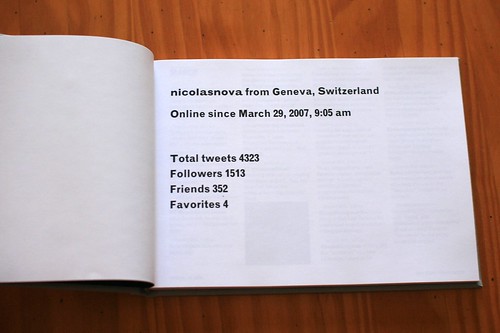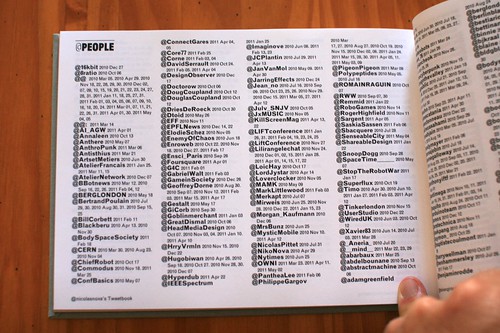Anne Galloway's recent blogposts about epizoic media and the Internet of cows made me think about this PDF that I recently dropped on my computer desktop. It's called "Animal-Computer: a manifesto (see also this technical report) and it's written by Clara Mancini from The Open University in the UK.

The article is about sophisticated computerized environments affording complex interactivity to pets and animals. Agricultural engineering, primate cognition studies, pet-tracking systems and telemetric sensor devices worn by leopards, birds or elephants are standard examples of such animal-computer interactions. The author highlight that although these examples are fairly common, this line of research has never really entered mainstream HCI/Computer science, leaving the "animal perspective" left aside in such body of work: "For some reason, animal-computer interaction (ACI) is, quite literally, the elephant in the room of user- computer interaction research".
Which is why the author delineates the contour of animal-computer interaction research:
"ACI aims to understand the inter- action between animals and com- puting technology within the con- texts in which animals habitually live, are active, and socialize with members of the same or other spe- cies, including humans. Contexts, activities, and relationships will differ considerably between spe- cies, and between wild, domestic, working, farm, or laboratory ani- mals. In each particular case, the interplay between animal, technol- ogy, and contextual elements is of interest to the ACI researcher."
Of course, this draws fascinating questions both abstract and operational:
"How do we involve them in the design process? How do we evalu- ate the technology we develop for them? How do we investigate the interplay between nonhuman par- ticipants, technology, and contex- tual factors? In other words, how are we going to develop a user-cen- tered design process for animals?"
Why do I blog this? Certainly because Julian and myself dealt with animal-computer interaction few years ago, working on a project we called "new interaction partners (it aimed at exploring the animal-computer interaction in entertainment). I've recently been drawn to this ACI field again as one of my student at the design school in Geneva worked on project that also involved pets and cell-phones. Perhaps, this could be a new line of research to explore next year.






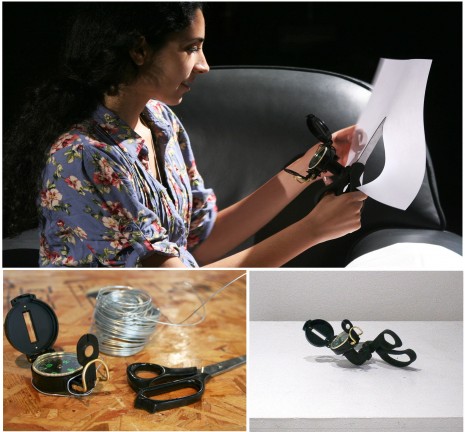 The
The 







 Lighweight QR code (as suggested by Paul Baron)? Game of Life (as suggested by
Lighweight QR code (as suggested by Paul Baron)? Game of Life (as suggested by 







 The ambivalence of warning signs in terms of
The ambivalence of warning signs in terms of 
